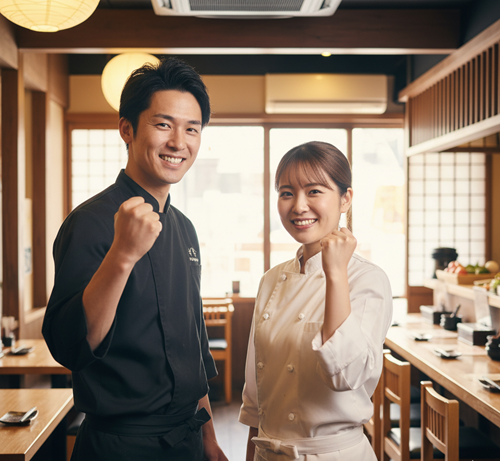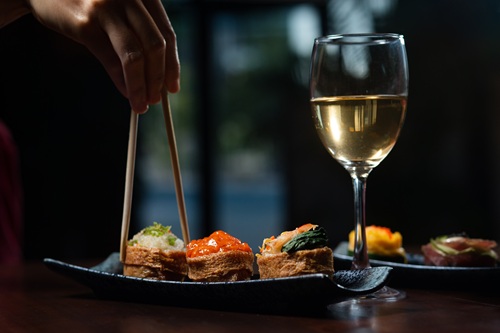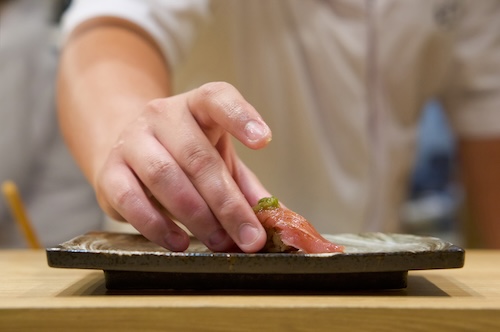
7 Hurdles to Becoming a Sushi Chef in the United States from Japan
What you need to know before pursuing a career as a sushi chef in America
Over the past decade, the demand for sushi and Japanese cuisine in the U.S. has grown rapidly. Not only in major cities like New York, Los Angeles, and Miami, but also in places like Dallas, Houston, Chicago, and Denver, Japanese restaurants are opening one after another.
In particular, the demand for authentic Japanese sushi chefs is high, and many employers are eager to hire experienced Japanese professionals.
However, moving from Japan to the U.S. to work as a sushi chef involves overcoming several major hurdles.
Here are the seven biggest challenges you should know before pursuing this path.
1. Obtaining a Work Visa
To work legally, you need the right visa.
Most sushi chefs enter the U.S. under the E-2 Investor Visa, H-1B Specialty Occupation Visa, or O-1 Visa for Extraordinary Ability.
The E-2 visa requires sponsorship from a Japanese-owned business in the U.S.
The H-1B applies mainly to chefs with managerial duties, while the O-1 is for those with international recognition such as Michelin experience or awards.
Applications typically take 3–6 months and require contracts, resumes, and official translations.
Renewals occur every few years, and family eligibility varies depending on the visa type.
2. English Skills Beyond the Kitchen
In the U.S., sushi chefs are expected to communicate directly with guests, especially at omakase counters.
Explaining ingredients, sourcing, and preparation in English enhances the overall dining experience and customer trust.
Since many kitchens are multicultural, basic English proficiency also improves teamwork and safety.
3. Food Safety Standards and ServSafe Certification
American regulations on food safety are stricter than in Japan and differ by state.
Sushi restaurants must source fish through FDA-approved suppliers and maintain records of temperature and storage times.
In some areas, only frozen fish is permitted for raw consumption.
Holding a ServSafe Manager Certificate has become almost essential for sushi chefs seeking employment in the U.S.
4. Salary and Compensation Differences
Chef salaries vary widely depending on city, restaurant type, and experience level.
In New York City, sushi chefs typically earn between $85,000 and $120,000 annually.
Los Angeles offers around $75,000 to $100,000, while emerging markets such as Dallas and Houston range from $65,000 to $90,000.
Cities like Miami, Denver, and Seattle average between $70,000 and $95,000 per year.
However, tips and fluctuating hours make income less predictable.
Health insurance, paid leave, and visa support differ by employer, so it’s crucial to review contracts carefully.
5. Different Workplace Culture
In Japan, hierarchy defines the kitchen; in the U.S., teamwork and communication do.
American restaurants value open dialogue and initiative.
Chefs are expected to share ideas and work collaboratively with staff from diverse cultural backgrounds.
6. Settling Into American Life
After securing a visa, finding housing and establishing credit can be challenging.
Without a guarantor or credit history, renting an apartment or opening a bank account is often difficult.
Many chefs stay in employer-provided housing or shared apartments during their first few months.
7. Long-Term Career Planning
In America’s competitive sushi scene, technical skill alone is not enough.
Chefs who combine creativity, leadership, and business awareness have the best chance to advance.
Many aim to become Head Chefs or Managers within three years, and some pursue Green Cards through employer sponsorship for long-term stability.
Conclusion
Working as a sushi chef in the U.S. requires preparation, patience, and adaptability.
Those who combine Japanese craftsmanship with American openness can build careers that truly transcend borders.
For inquiries: hello@kiwami.io
Job listings: https://www.kiwami.io/job-listing










